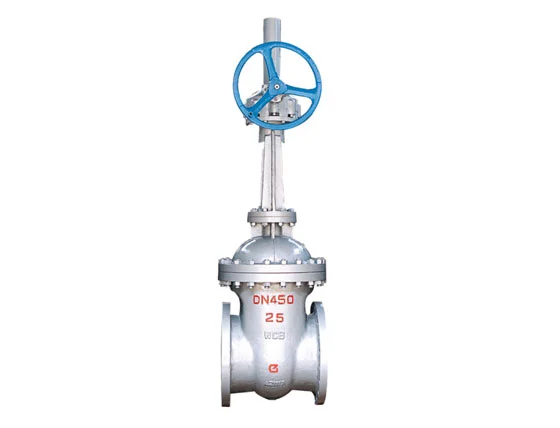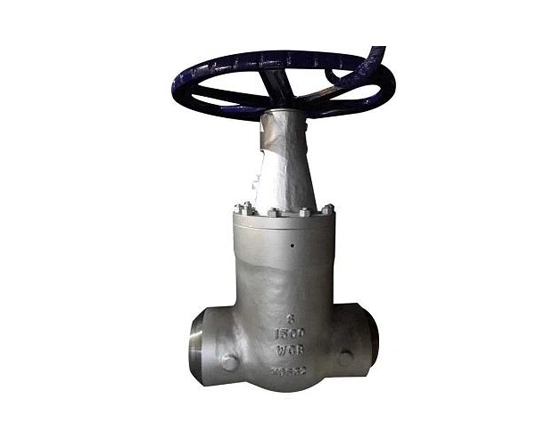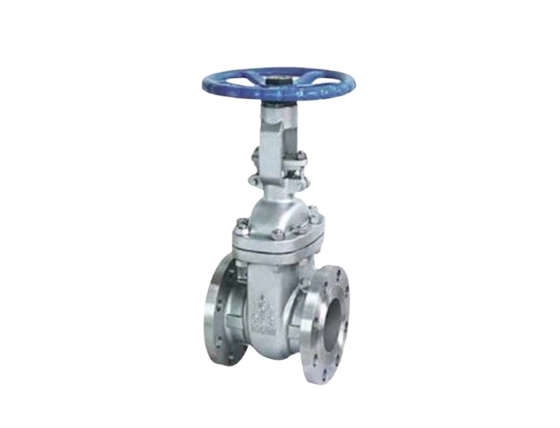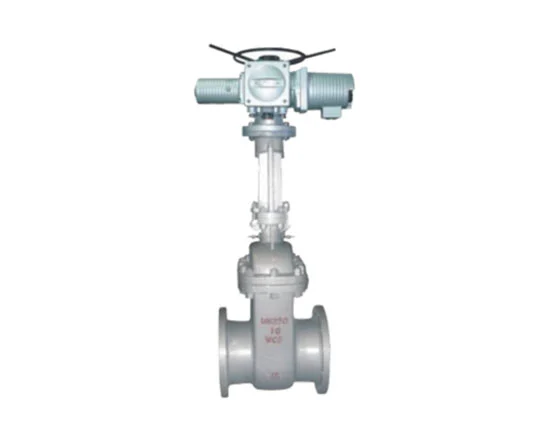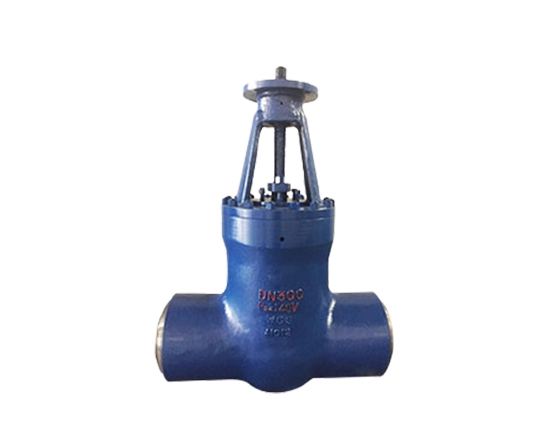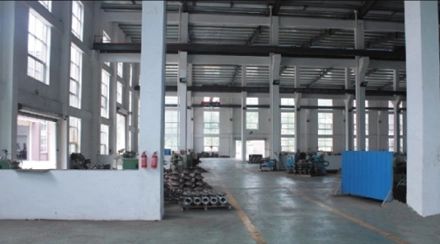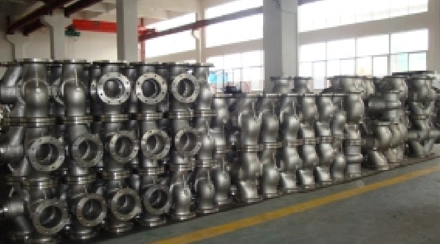en

Gangye is a gate valve supplier that has provided gate valves to customers all over the world for more than 20 years. Gangye has a professional production team, so it can manufacture gate valves according to customer needs; at the same time, Gangye can also help customers choose the most suitable gate valve according to the information provided by customers. , pressure temperature ratings and valve end connections for customer reference. As one of stainless steel gate valves manufacturers, gangye provides types of gate valves for sale.
Custom Gate Valve Options:
Size | 1/2 inch-40 inch |
Pressure Rating | 150 lb -1500lb |
Material | CF3, CF3M, CF8, CF8M, CF10, WCB, WC6, WC9, F304, F304L, F316, F316L, A105, F11 , F22 |
A regular gate valve is a common type of valve used to control the flow of fluids. It operates by lifting a gate, or wedge, out of the fluid's path, allowing for minimal restriction when fully open. Gate valves are typically used in applications where a straight-line flow of fluid and minimum restriction are desired.
A pressure seal gate valve is designed for high-pressure applications. It features a unique pressure seal bonnet that ensures a tight seal as internal pressure increases. Ideal for steam, gas, and oil services, this valve offers reliable performance and durability in demanding environments.
A flat gate valve is designed with a flat disc or gate that moves perpendicularly to the flow of fluid. It provides a tight seal and is commonly used in the oil and gas industry for pipeline flow control. This valve type is favored for its ability to handle slurry and viscous fluids effectively.
A bellows gate valve incorporates a bellows seal to prevent leakage and protect against stem corrosion. Ideal for applications involving toxic or hazardous fluids, it ensures a hermetic seal and enhances safety. This valve type is commonly used in chemical, pharmaceutical, and nuclear industries.
A power station gate valve is engineered for high-temperature and high-pressure conditions typically found in power generation plants. It ensures reliable isolation and control of steam and water flow. Robust in design, these valves are crucial for efficient and safe power plant operations.
A gate valve typically consists of several key components:
Valve Body: The valve body is the main housing of the gate valve, usually made of metal, which contains the internal valve components.
Stem: The stem is the component that connects the handle or operating device to the valve itself. When the handle or device is operated, the stem moves to open or close the valve.
Gate: The gate is a crucial component of the gate valve. It's a flat plate that typically moves with the stem. As the gate moves between the open and closed positions, it controls the flow of the medium (such as liquid or gas).
Seating Surface: The seating surface is the area where the valve seat and gate come into contact, ensuring a seal when the valve is closed.
Valve Seat: The valve seat is the surface that the gate seals against. It's typically made of a wear-resistant material to ensure sealing and prevent leakage.
Handle or Actuator: The handle or actuator is used to control the opening and closing of the valve. In manual valves, a handle is commonly used, while automatic or electric valves may use electric or pneumatic actuators.
Gate valves are commonly used in a variety of applications across industries due to their ability to provide a tight seal and control the flow of fluids. Some common uses of gate valves include:
Isolation: Gate valves are often used for isolation purposes, meaning they are employed to completely shut off the flow of fluid in a pipeline. They are particularly well-suited for applications where a tight seal is required, such as in water distribution systems, oil and gas pipelines, and chemical processing plants.
On/Off Control: Gate valves are also used for simple on/off control of fluid flow. By fully opening or closing the valve, operators can start or stop the flow of fluid through a pipeline.
High-pressure Applications: Gate valves are capable of withstanding high pressures and are commonly used in systems where the fluid pressure is high. This makes them suitable for use in industries such as oil and gas, power generation, and petrochemicals.
Bi-directional Flow: Gate valves are designed to allow flow in both directions, making them versatile for applications where the direction of flow may change.
Large Diameter Pipelines: Gate valves are available in large sizes, making them suitable for use in pipelines with large diameters, such as those found in water treatment plants, wastewater treatment facilities, and industrial processes.
Small flow resistance. The medium will not change the direction of movement when passing through the gate valve, so it will not cause large flow resistance. For example, the 14 inch gate valve is widely used because of its small flow resistance.
The opening and closing torque is small. When the gate valve is opened and closed, it is perpendicular to the moving direction of the medium, so it will save more effort
Good corrosion resistance. When the gate valve is fully opened, the erosion of the medium on the sealing surface is smaller than that of other valves
A long history. Gate valves have a long history in valves, so gate valves are more stable than other valves
Compared with other valves, the manufacturing process of a gate valve is simpler, so the price of a gate valve is generally lower.
We can maintain Non-Rising Stem Wedge Gate Valve from three aspects
Storage
Non-Rising Stem Wedge Gate Valve should be stored in a dry and ventilated environment; workers need to check regularly, clean and maintain the parts exposed to the air, such as applying lubricating oil.
Installation preparation
The staff need to check before installing the Non-Rising Stem Wedge Gate Valve to check whether the items are defective during the handling process; the installation can only be done after checking and cleaning the dirt.
Installation
Check whether there is dirt in the pipeline to avoid damage to the sealing surface; Non-Rising Stem Wedge Gate Valve can only be installed horizontally.
Use
The staff need to clean the Non-Rising Stem Wedge Gate Valve frequently, and apply lubricating oil to the transmission thread. At the same time, the Non-Rising Stem Wedge Gate Valve must be used correctly.

